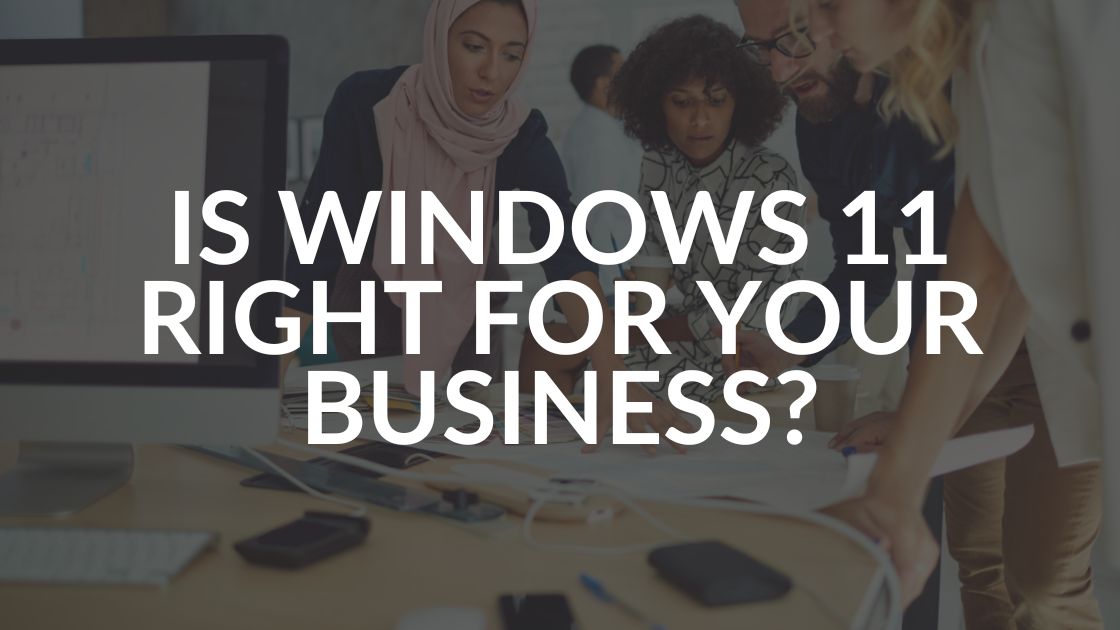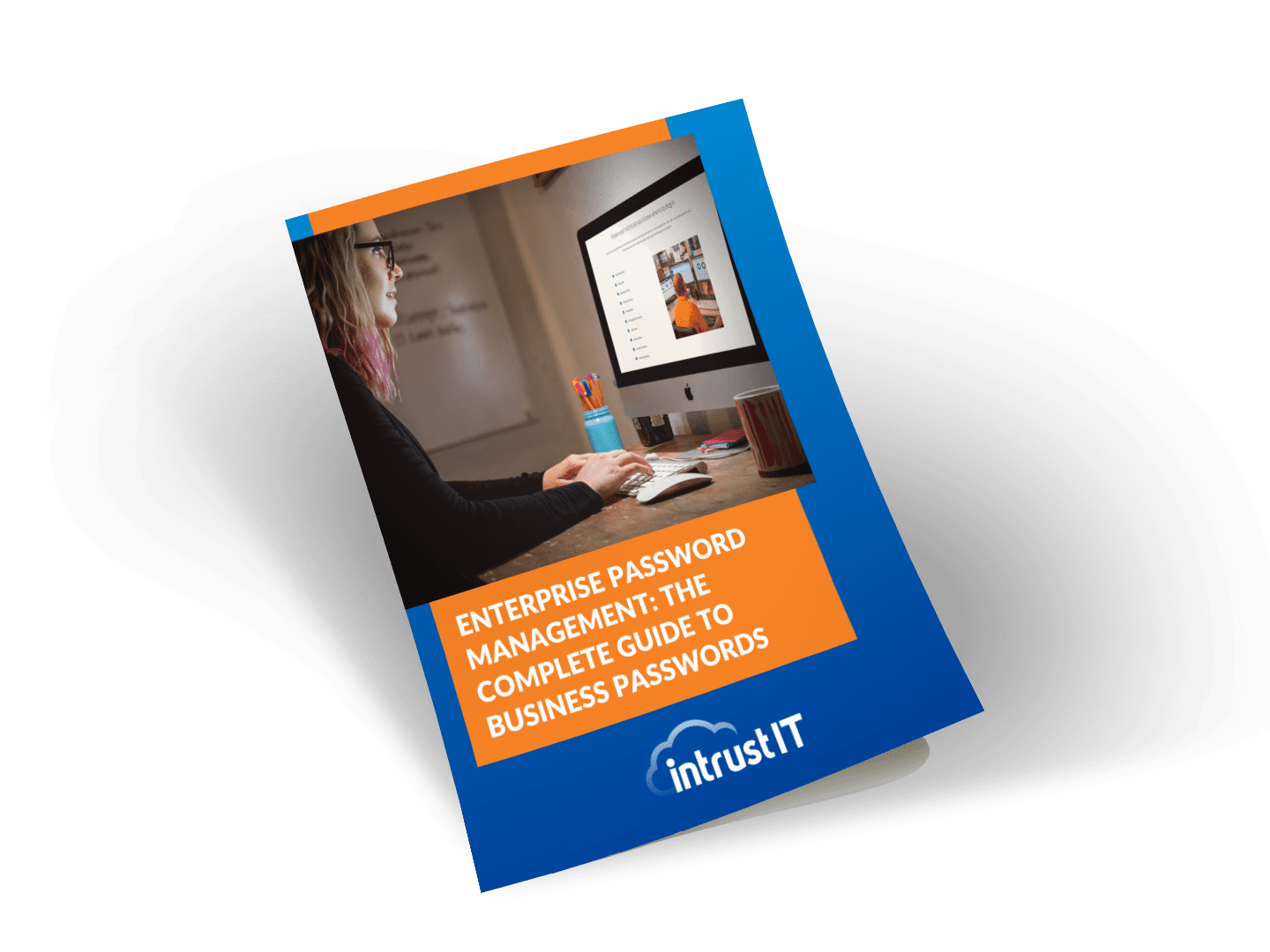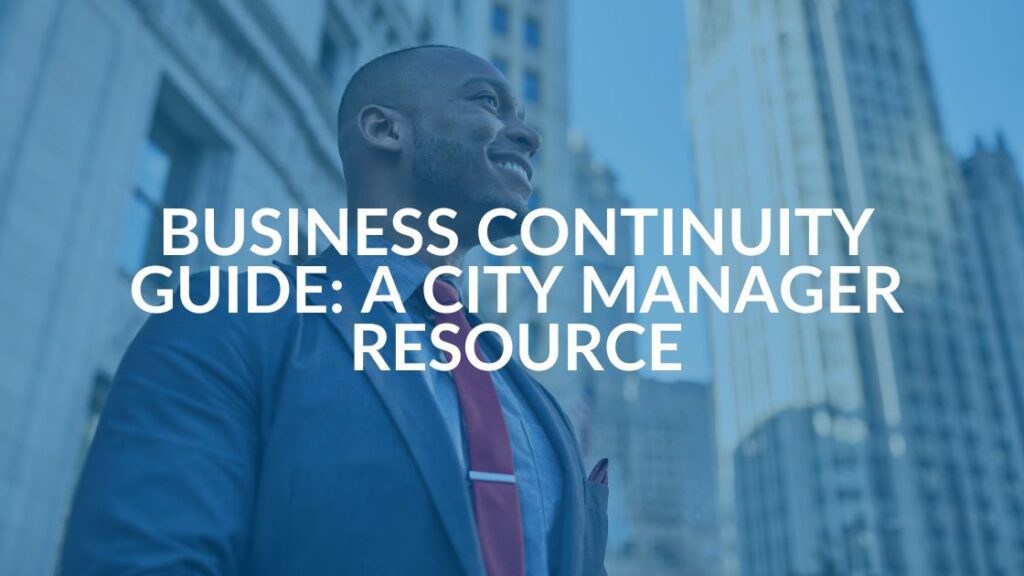Windows 11 For Business – FAQs

Should you stick with Windows 10 or upgrade to the new Windows 11 for business? As a managed service provider, we help clients navigate important business questions like these and more. Here are some of the most frequently asked questions about Windows 11.
Do I have to use Windows 11?
Unlike other Windows updates, you do not have to use Windows 11 (it’s actually Windows 10.5). Windows 10 is a secure, stable, robust operating system (OS) that is still supported by Microsoft. If it is working well for you, there’s no convincing reason to jump to Windows 11 right away.
However, one downside of sticking with Windows 10 is that most new devices will come with Windows 11 pre-installed, so you could have two different operating systems within your business that may lead to reduced productivity and increased friction and support costs.
Does my device support Windows 11?
The first thing to do when making the switch over to a new operating system is to ensure that your current devices can support it. Windows 11 has additional hardware requirements that may be an issue for older endpoints . Go to your settings, then navigate to updates and security.
A message might pop up that says something like “This device meets the minimum requirements to run Windows 11” or that it does not. If your device is incompatible, you may be able to correct it with hardware upgrades (e.g., RAM) but in all likelihood, you would need a different device.
Not sure if your device can run it? Check out the minimum system requirements for Windows 11 directly from Microsoft.
Are there any new features in Windows 11 that Windows 10 doesn’t have?
Znet reports there are two new features in Windows 11:
- Microsoft has made improvements to the File Explorer tool as well as wideband speech support for Apple’s AirPods.
- The Windows App Store will include the Amazon App Store inside the Windows Store App.
What are the main differences between Windows 10 and Windows 11?
Here are 10 main differences between the two operating systems:
- You’ll find a significant improvement in performance and functionality from Windows 10 to Windows 11.
- The user interface (UI) has changed and is similar to Apple’s UI with a more modern look and increased functionality.
- When switching over, your PC will remember the last or preferred layout of your choice.
- On Windows 11, you’ll have virtual desktops that can have different backgrounds and widgets. For instance, you can have Word, Microsoft Edge and Teams open in one. Another desktop can have PowerPoint, OneNote and a music player. It’s important to note that these virtual desktops are not the same as having a full virtual machine like Microsoft 365 Cloud PC.
- In Windows 11, if you’ve saved passwords to the browser and they match those seen in a list of leaked credentials, Microsoft Edge will notify and prompt you to update your password. Intrust strongly recommends that you NEVER save passwords to a browser and instead use a password manager like 1Password.
- Windows 11 has a Snap Layout function that lets users choose from a variety of layout options at the click of a button.
- Windows 11 features Snap Assist and Desktop Groups to help you better organize the apps on your desktop. You can even drag one of them to the edge of the screen to activate Snap Assist to “snap” them all (maximum of four, five with hotkeys) to a clean, organized grid that makes the most of your screen space and can “remember” your choice. With the Desktop Groups feature, you can quickly switch between multiple desktops.
- The Start button is still there but the icon is now centered on the screen along with any other apps you frequently use. When you click it, you will see all your pinned apps and your frequently used files, photos, etc.
- The settings menu is on the bottom right of Windows 11 and can be included in the featured box below.
- Windows 11 has several different, easily movable layouts for its Snap and Assist interface.
All of these differences are primarily meant to be user-friendly. You can see them in action in this video from Microsoft about Windows 11 for business:
Are there any technical differences between the two that I should know about?
The new operating system’s technical differences are designed to be easier and safer than Windows 10, and there are some options that allow flexibility to fit almost anyone’s workflow.
Here they are in detail:
- Microsoft has added detailed battery statistics into the Settings app to give you an insightful graph that shows your power usage over 24 hours or seven days. It allows you to see which apps are using the most power at any given time of the day.
- You can fully customize the gestures you can perform on your touchpad like a three-finger swipe up to maximize an app window or a four-finger swipe to the left to snap an app in Snap Assist.
- Microsoft’s Teams Chat is fully integrated into Windows 11, allowing users to reach anyone (call, chat, text, video) via their desktop instead of navigating to Teams.
- The MSIX app package format provides a modern packaging experience for all Windows apps. It preserves the functionality of existing app packages and/or installed files in addition to enabling new, modern packaging and deployment features.
- Windows 11 for business enables enterprises to stay current and ensure their applications are always up to date. It allows IT pros and developers to create a user-centric solution while still reducing the cost of ownership of applications by decreasing the need to repackage.
- You can stream more content with more speed, making gaming even more fun than before.
Security features?
Microsoft intends to release new features slowly, allowing newer users to fully acclimate to them before adding more features later on.
Unsure About Windows 11 for Business?
Whether Windows 11 for business is right for you is up for debate and depends on your specific needs and situation. The experts at Intrust are very familiar with all of the features of Windows 11 and Windows 10 and are happy to assist you in the decision-making process.
Share this Blog

Is Your Name or Birthday a Part of Your Password?
If so, you’re a part of the 59 percent of people who don’t follow proper password hygiene. More than 70 percent of passwords are used for more than one system, meaning if cybercriminals crack one, they can access a lot more accounts.
Our free Enterprise Password Management Guide will give you the best password hygiene practices to help you secure your computer and your business.
Download the Guide
Explore the Latest Trends in IT

Securing Our Cities: Cybersecurity Protection for Local Governments

Manufacturing and IoT: Securing Connected Devices

Small Business Cyber Security Toolkit: The Tools You Need to Stay Protected




